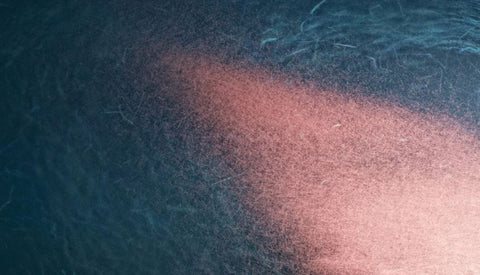Krill! Krill are small, they are 6 cm in length and weight around 1 gram. Still these small and seemingly unimportant animals are the fuel that runs the engine of the Earth’s marine ecosystems. The blue whales, the biggest animal alive, was able to grow so big by specializing his hunting technique. As most of us know the technique is solely specialized around krill.
The life and food of krill:
Unlike some people think Antarctic krill is a really active animal. It spend it’s day avoiding predators by swimming in schools. Just like fish do to confuse predators, it’s hard for the hunter to pick a single target. During the day they swim around a 100 meter below the surface. During the night they come up to the surface to feed on phytoplankton. No one can see them during the night so it’s safe to come up.
The drama for krill:
Scientists found that if you expose krill eggs to high concentrations of carbon dioxide (CO2) the eggs simply don’t hatch. Now the question is where is the tipping point for the eggs to stop hatching. It turns out that you see an effect once you’re at 1250 ppm. Now the current concentration at the hatching depts of krill is at 550 ppm. This seems like a long way off, well it’s not. The models show that at the end of this century the concentration will be around 1500 ppm. This means only 20% if the krill would hatch. This would be a major problem for not only the krill but for the hole oceans eco system.
Now this is not the only problem for krill. There is a way bigger problem that is occurring a lot faster. When krill is still a larvae it feeds on algae attached to the bottom of the Antarctic ice. Which means if the ice melts, which it’s doing, the krill larvae are unable to get food and feed themselves. Without the larvae there are no adults and without the adults there will be no eggs. This would mean our oceans foot chain will completely be destroyed.
Now we know more about the life of krill and the challenges it has we can explore the impact it will have on the eco system. This will be discussed in a next blog post. To keep updated on the blog post you can subscribe for our newsletter, you will not only be updated about the articles you will also plant a tree by subscribing.



